Poet Spotlight: Tim Upperton.

12/12/24
Tell us about your journey into poetry. When did you start writing, and what drew you to it?
I wrote some poems as a child that pleased my mother. Later I did a Masters degree in English Literature, but it wasn’t until one day when I was commuting to work on the London Underground and saw a poem in a vacant advertising space – part of the Poems on the Underground series – that I thought about how poetry worked from the perspective of someone who wanted to write it. The poem was Robert Graves’s ‘Love Without Hope’, one short stanza that gives body to what hopeless love might look like. I learned that poem by heart. My first published poem was in the now defunct literary magazine, Sport. It was a lucky fluke – I didn’t publish another poem for a year or two – but it made me think that poetry was something I could perhaps write.
Two of your children are also poets. What’s it like sharing that with them?
Bill Manhire signed one of his books for me once, and he said, ‘I see your son Oscar writes poetry.’ Then he leaned closer and whispered, ‘Watch out!’
What’s the best piece of advice you’ve received, whether about writing or life in general?
The best advice about writing, I think, is by way of example: you read something that fascinates you – Wallace Stevens’s ‘Anecdote of the Jar’, say – and you ask yourself how he did that. And your next question is, can I do it? I remember reading Sylvia Plath’s poem, ‘Medallion’, which uses a 7-syllable line and a terza rima rhyme scheme. I knew nothing about terza rima, but I tried to do what she did, and wrote ‘Seasonal’, one of the first poems I published in America. As for life in general – I think if I’d listened to advice I’d have avoided a few fixes I’ve found myself in.
If you could have any artist or musician (living or dead) use a poem of yours to create something in their genre, who would it be and why?
Maybe Thom Yorke? For his meandering, dreamy voice. Or Nick Cave, in his murder ballads era? Some years ago I would’ve said Morrissey, but I’ve gone off him.
If you could leave one line of poetry as a permanent installation in Palmerston North, what would it be?
I have a poetry installation in Palmerston North already, opposite the main entrance to the public library. It’s made of industrial-strength steel, so it isn’t going away any time soon, unless vandals take to it with a crowbar. I like the final line of that poem: ‘You come closer and closer away.’ Maybe that one.
We hear you’re an expert gardener. Do you see parallels between cultivating a garden and crafting a poem? Does gardening influence your creative process?
I’m not an expert gardener by any means – see that poem, ‘Seasonal’, which catalogues my gardening failures. My sister Katrina is much more knowledgeable about growing things than I am. But I really enjoy it, and it pays better than poems do.
Who are your top five writers or poets to read?
I don’t think I have a top five, or top ten – there are poets I read for certain reasons, such as their use of metaphor, or a distinctive tone, or just because I’m in a particular mood. I love Keats and John Clare, but among living poets I really admire Frederick Seidel – who is about as remote from Keats as you can get, but who sometimes has a peculiar sweet sentimentality that I like. I read a lot of creative nonfiction, and especially admire the work of Annie Dillard, Helen Garner, and Jenny Diski. And Mary Ruefle’s Madness, Rack, and Honey. Among novelists, the writer T.F. Powys is a neglected genius. I’ve tried to interest others – mostly unsuccessfully – in his masterpiece, Mr Weston’s Good Wine.
Bio: Tim Upperton is a writer and gardener. His latest poetry collection is A Riderless Horse (Auckland University Press, 2022), and his other two collections are The Night We Ate The Baby (Haunui Press, 2014) and A House on Fire (Steele Roberts, 2009).He lives in Palmerston North, New Zealand, with his cat, dog and half a dozen chickens.

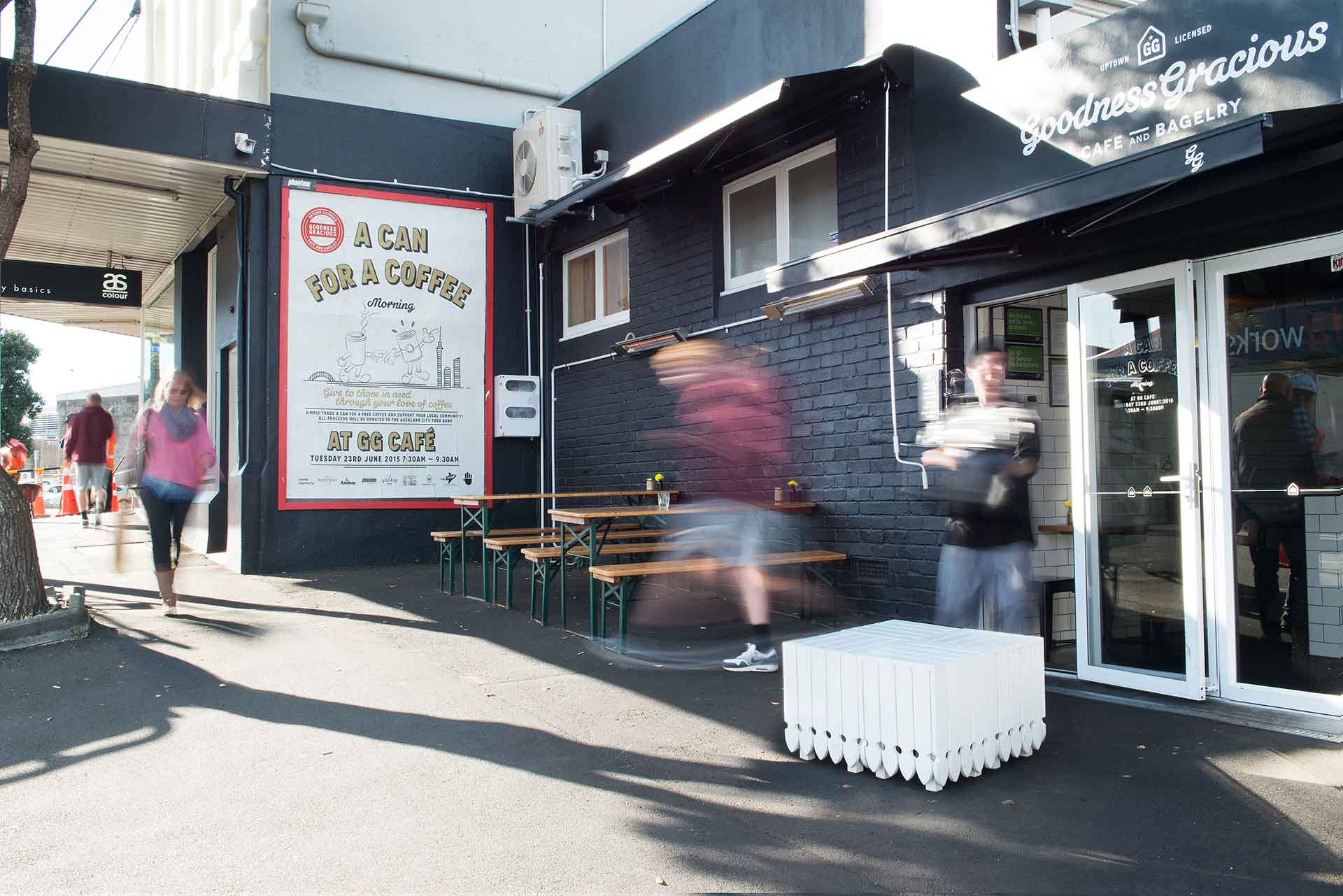
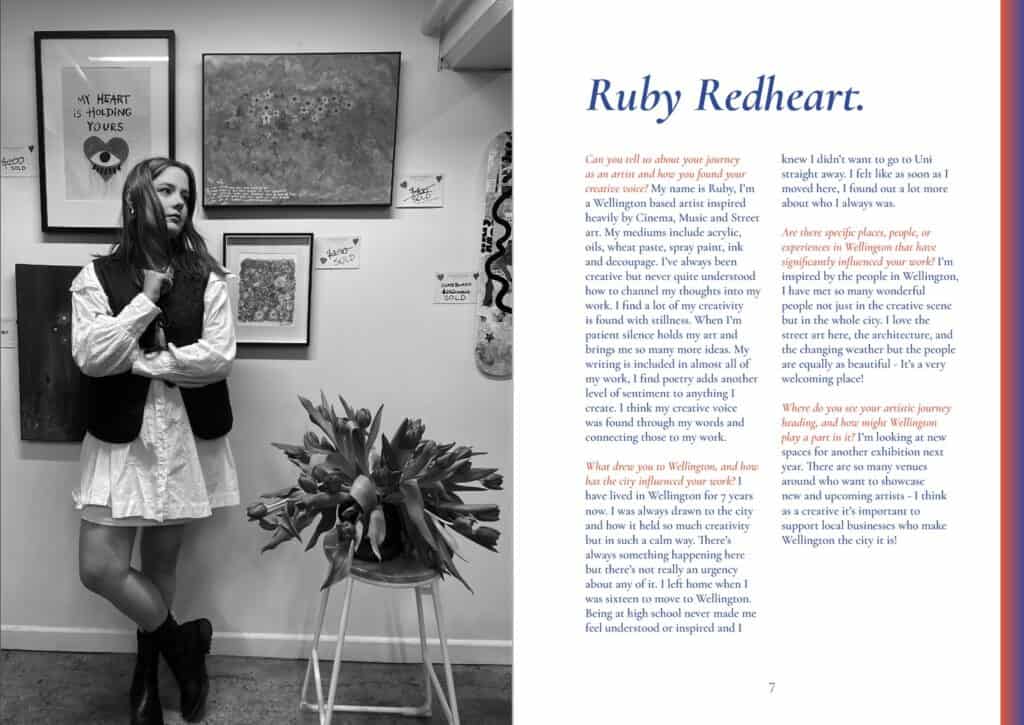
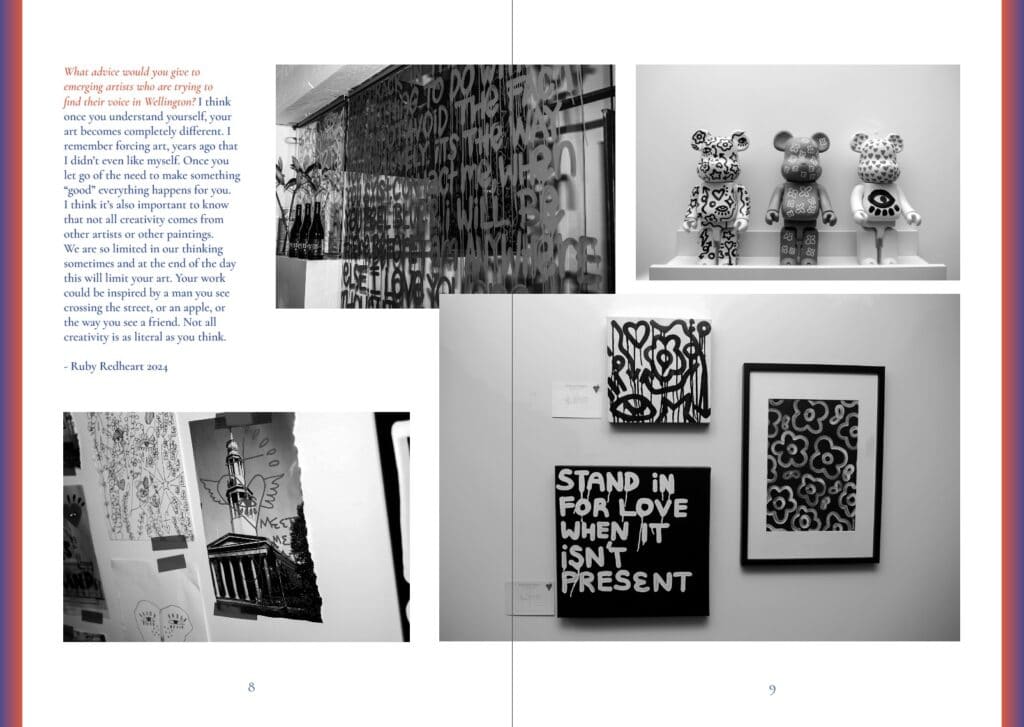
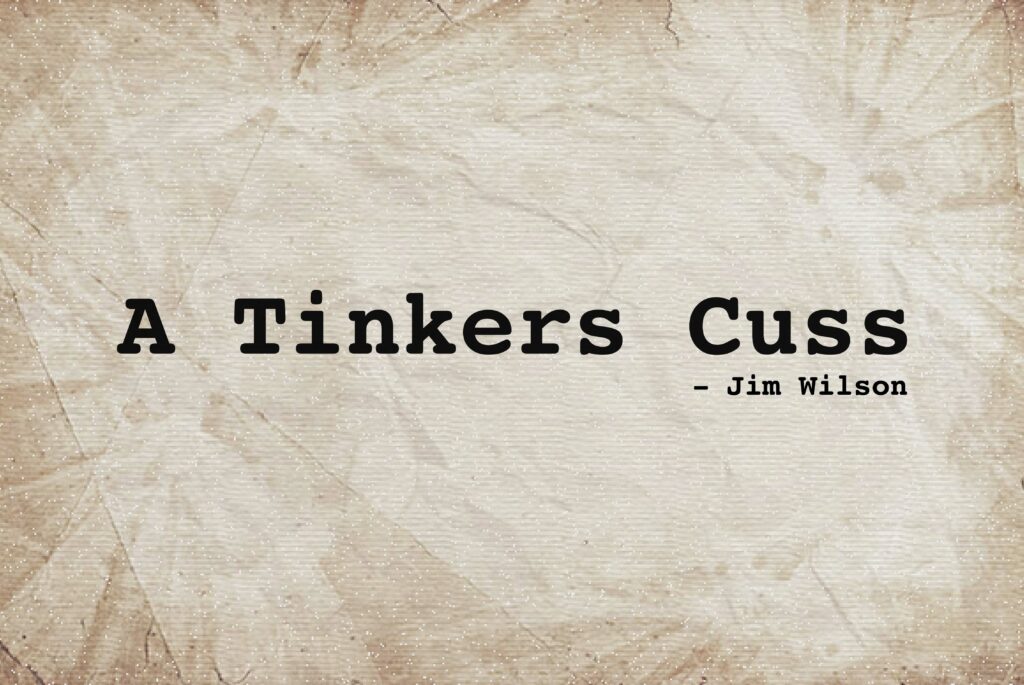
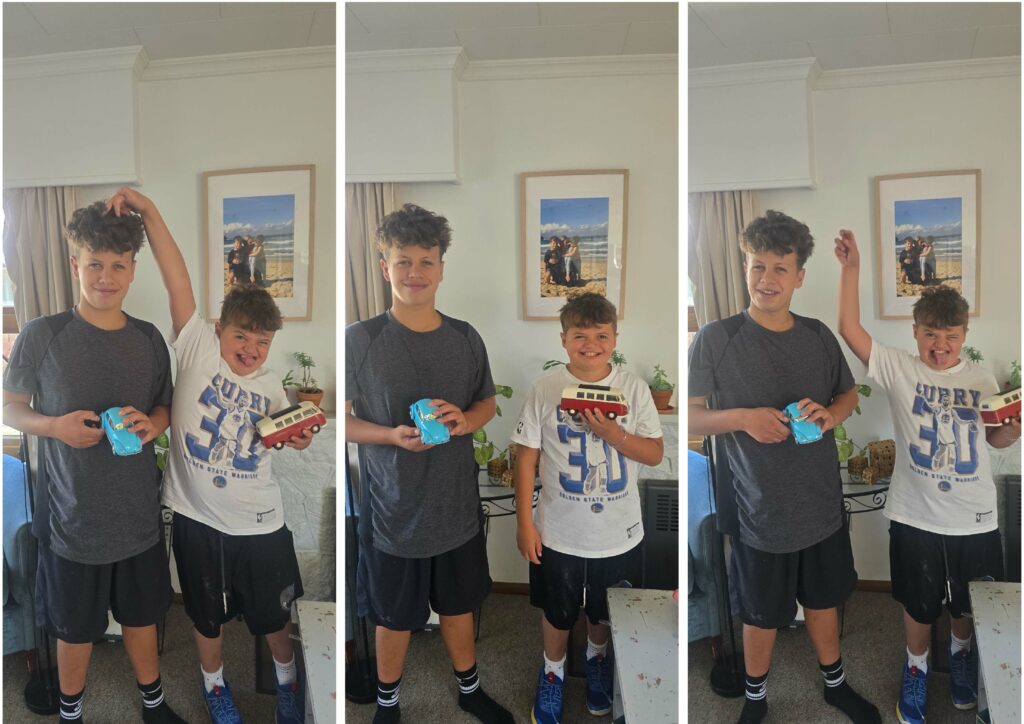
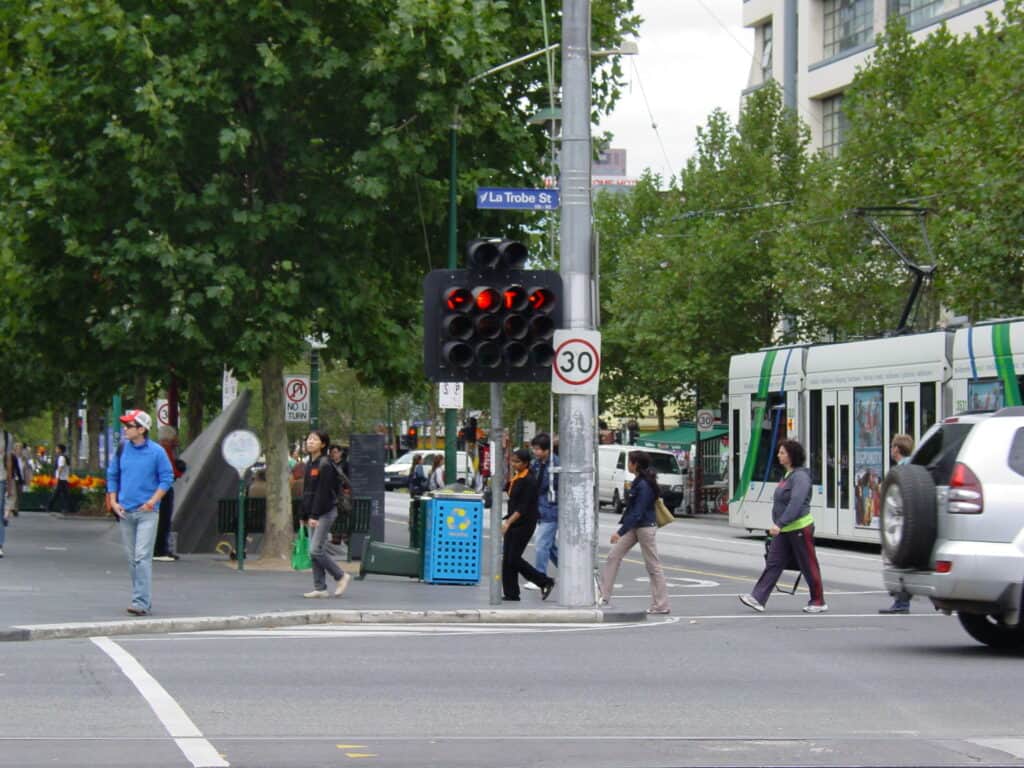
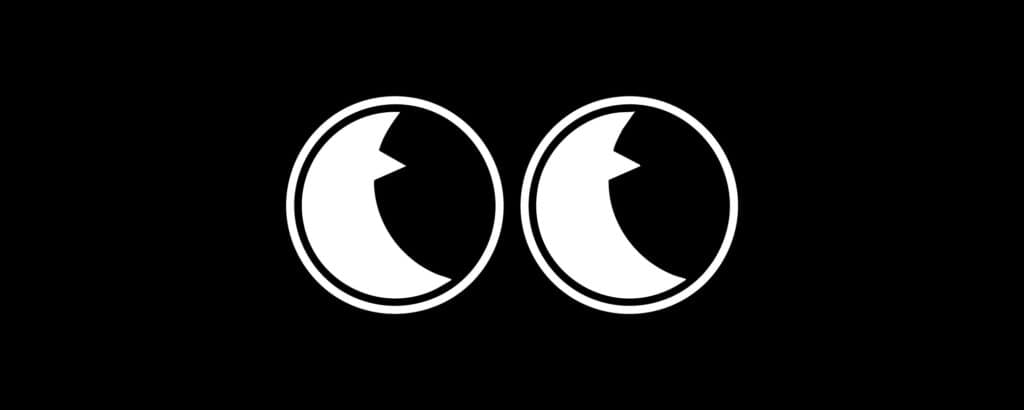

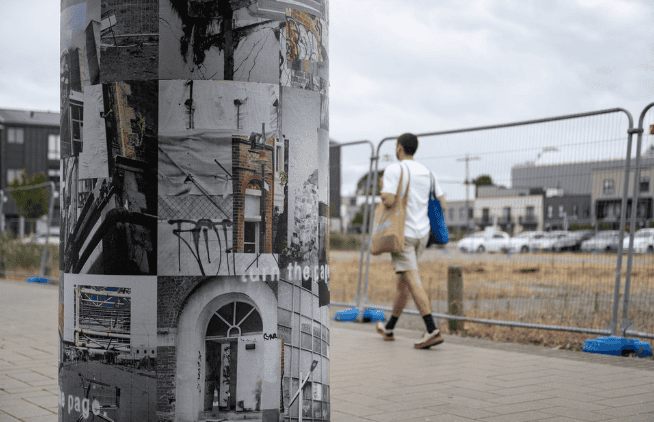
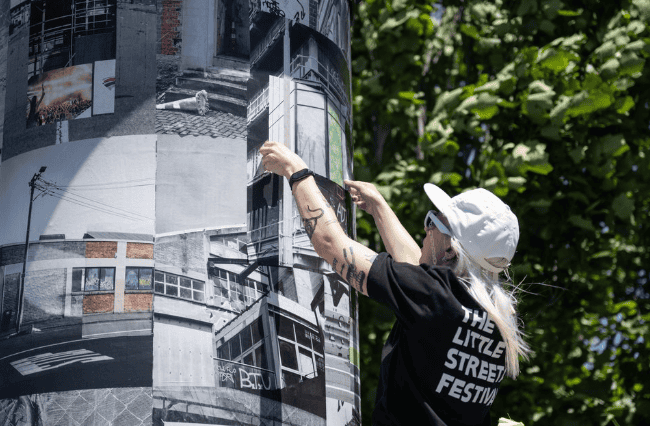
Recent Comments